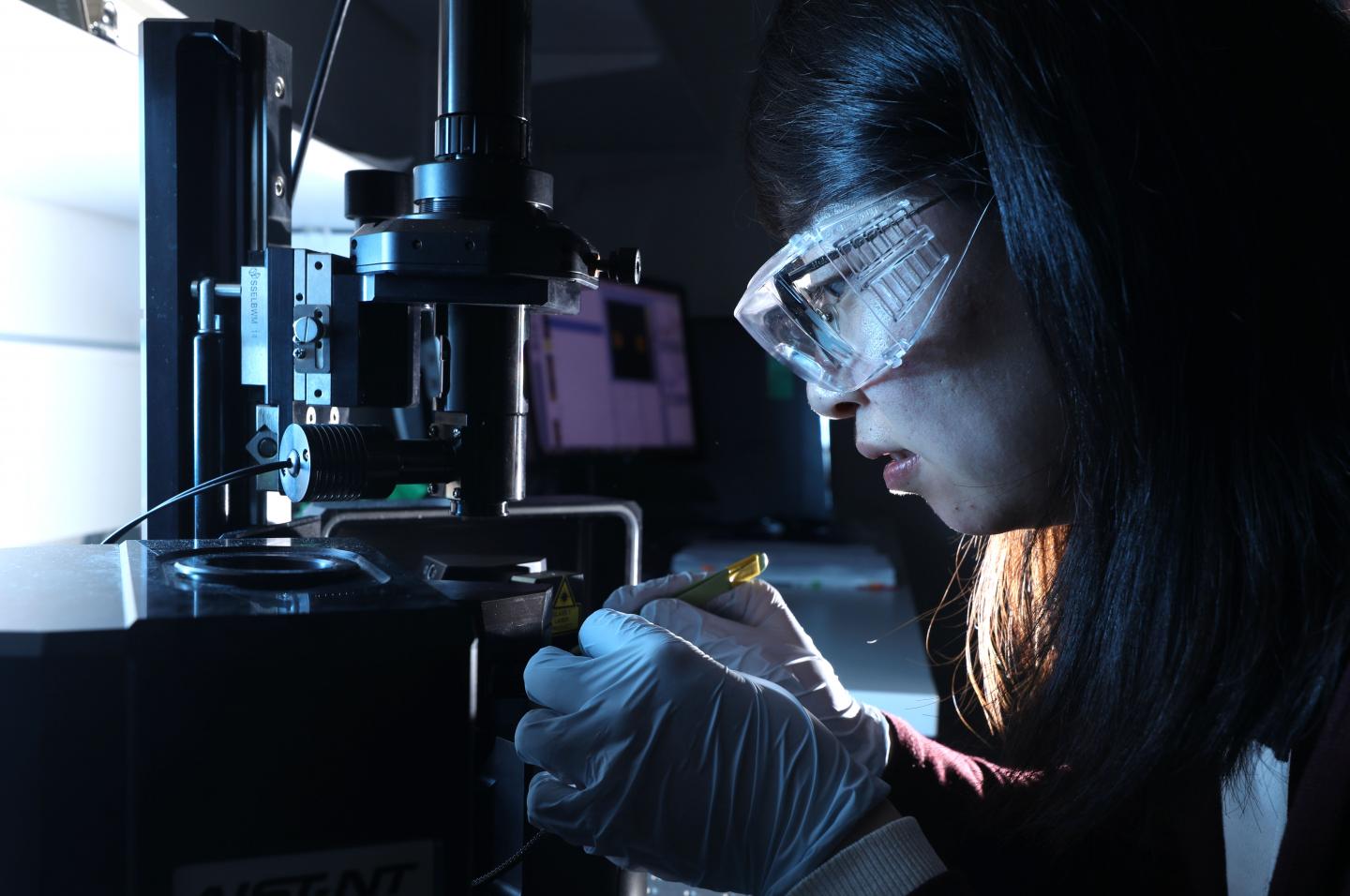Ferroic and multiferroic topological structures reviewed in Nature Materials

Credit: FLEET
The connection from fridge magnets to cutting edge materials science is shorter than what one might expect. The reason why a magnet sticks to your fridge is that electronic spins or magnetic moments in the magnetic material spontaneously align or order in one direction, which enables it to exert an attractive force to the steel door of your fridge and reminds you to buy milk.
Magnets are one type of materials with such built-in order. A ‘topological defect’ in such a material occurs as a discontinuity in this order, i.e. a boundary region where the order does not seamlessly transition from one area to another. These topological structures form naturally or can be highly engineered in advanced functional materials.
An article published this week in the leading journal Nature Materials by FLEET CI Prof Jan Seidel outlines emerging research into different types of ‘defective’ order, i.e. topological structures in materials, and their potential highly interesting applications in nanotechnology and nanoelectronics.
Seidel was invited by the journal editor to review current and discuss future research on domain walls and related topological structures.
Although known for a long time, domain walls as one type of topological structure have only been intensively studied in detail over recent years. It is only with recent developments in high-resolution electron microscopy (HREM) and scanning probe microscopy (SPM) that it has been shown that they can significantly affect macroscopic materials properties, and even more interestingly, that they can exhibit intrinsic properties of their own. Research in this field pioneered in part by Prof Seidel has grown extensively in the last few years and now has entire conferences dedicated to it, such as the annual International Workshop on Topological Structures in Ferroic Materials (TOPO), for which the first meeting was held in 2015 in Sydney.
Nanoelectronics based on topological structures was published in Nature Materials on 20 February 2019. Prof Seidel acknowledges funding support by the Australian Research Council (ARC) through Discovery Grants and the ARC Centre of Excellence in Future Low Energy Electronics Technologies (FLEET).
Prof Jan Seidel is a Professor at the School of Materials Science and Engineering at UNSW Sydney. Contact [email protected]
FLEET is an ARC-funded research centre bringing together over a hundred Australian and international experts to develop a new generation of ultra-low energy electronics, motivated by the need to reduce the energy consumed by computing. More information at http://www.
###
Media Contact
Errol Hunt
[email protected]
Original Source
https:/
Related Journal Article
http://dx.



